5 Misconceptions about the Great Wall of China You Should Know
The Great Wall is one of the seven wonders of the ancient world and a World Heritage Site. Countless Chinese and foreign literature, art and research studies have been conducted on the Great Wall, and even Hollywood has made a film about the Great Wall, which shows its immense historical importance.
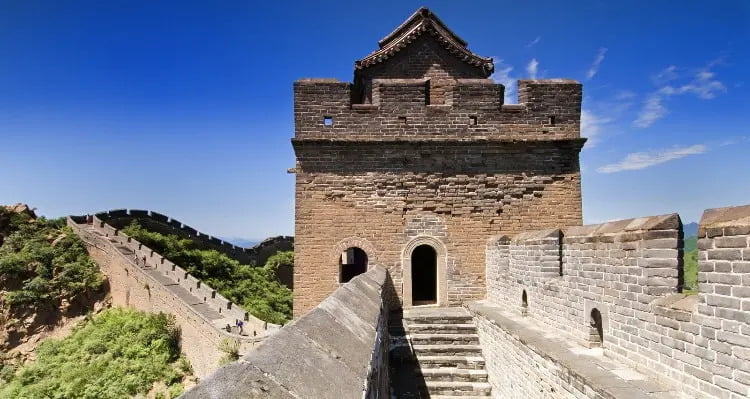
The Great Wall is “really” “10,000 miles long.” The total length of the Great Wall is 21,196.18 kilometres (2012 data from the State Administration of Cultural Heritage of China), and it crosses over 15 provinces in China today, with three dynasties – Qin, Han and Ming – investing a lot of time and manpower in its construction. Built by three dynasties – the Qin, Han and Ming – with a great deal of time and manpower, this single structure, the longest in the history of human civilisation, was inscribed on the World Heritage List in 1987 and remains one of the first attractions you think of visiting when you travel to China.
But when you come to the Great Wall, you will think of Qin Shi Huang, and even think that the existing Great Wall was built in the Qin Dynasty, to see the Great Wall in Beijing ….. In fact, these perceptions are wrong, the following we will one by one for you to solve.
1. The first person to build the Great Wall was not Qin Shi Huang.
When we talk about the Great Wall, the first thing that comes to mind is Qin Shi Huang, we all think that the first to build the Great Wall is Qin Shi Huang, in fact, as early as in the Spring and Autumn and Warring States period has begun, the famous story “Beacon Fire Playing the Marquis” on the Great Wall in the Western Zhou Dynasty. Qin Shi Huang was the first to use more than 300,000 people to build the Great Wall on a large scale, and he made the achievement of building the Great Wall for 10,000 miles, which made people associate the Great Wall with Qin Shi Huang.
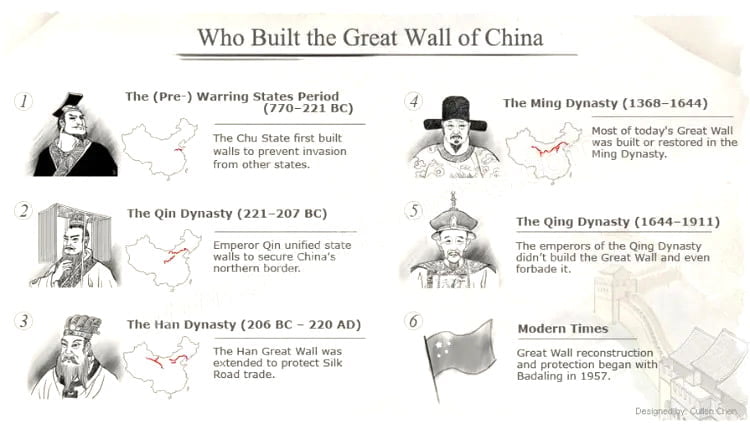
Qin Shi Huang was the first emperor to spend a lot of money and manpower to build the Great Wall to defend against foreigners.
2. The most complete Great Wall was not built during the Qin Dynasty.
And we travel today, the Great Wall point, is not the Qin dynasty Qin Shi Huang’s masterpiece, most of the Great Wall of the Ming dynasty, because the Ming dynasty since the founding emperor Zhu Yuanzhang ascended to the throne, has been to the last emperor Chongzhen, are not keen on the construction of the Great Wall. In the Ming Dynasty ruled for more than 270 years, has not stopped on the Great Wall of the construction and consolidation, long time, the project is huge, is incomparable to successive dynasties. Because the Ming Dynasty was the closest in time (1368-1644 A.D.), and relative to the Qin and Han Dynasties, it was technologically advanced and structurally huge and sturdy. Starting from Jiayuguan in Gansu in the west, the Great Wall stretched over six thousand kilometres through Ningxia, Shaanxi, Inner Mongolia, Shanxi, Hebei, Beijing, Tianjin, and up to the Yalujiang River in Liaoning, stretching across nine provinces in total, and the majority of the Great Walls we see today are those built during the Ming Dynasty. Ming Dynasty.
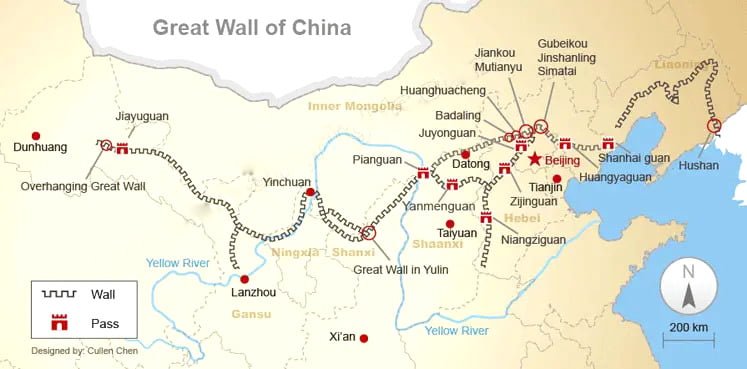
3. The starting point of the Great Wall is not in Shanhaiguan
Regarding the starting point of the Great Wall, it was believed that the Great Wall started from Shanhaiguan in the east and reached Jiayuguan in the west. It was not until 1992 that historians affirmed that Hushan Mountain in Dandong, Liaoning Province, was the starting point of the Great Wall, rewriting the textbook version of Shanhaiguan.
The Great Wall starts from Hushan in Liaoning in the east and reaches Jiayuguan in the west.
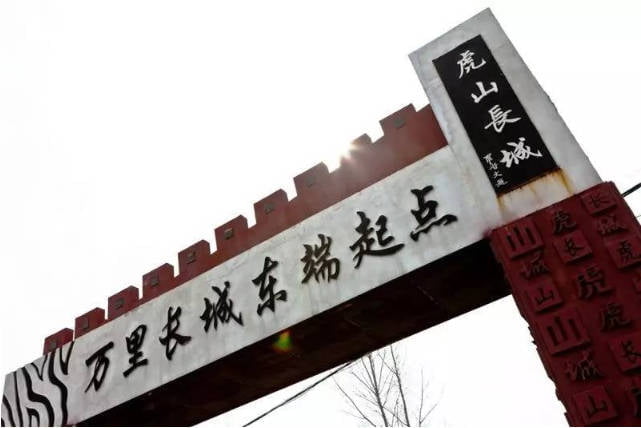
Why was Hushan forgotten? The Liaodong Great Wall in Liaoning was built to defend against the Jurchen tribe, and was still very important during the Ming Dynasty. However, after the Manchurian Qing Dynasty entered the capital, in order to protect the birthplace of Liaodong, the Great Wall was constructed with a willow border (trench), which made the Great Wall of Liaodong disappear from many records and maps, and Hushan Mountain was then forgotten.
At present, the Ming Dynasty Great Wall is the most well-preserved, and Liaoning has the largest number of Ming Dynasty Liaodong Great Walls.
The Hushan Great Wall itself is also very unique. In addition to being the starting point of the eastern end of the Great Wall, it is adjacent to North Korea across the Yalu River, and when you climb up to the top, you can have a panoramic view of the fields and houses of North Korea. In addition to the beautiful environment of Hushan itself, you can enjoy the beautiful scenery, beacon towers, and enemy platforms when strolling along this section of the Great Wall. The Hushan Great Wall Museum also displays excavated artefacts, artworks, and large-scale landscape paintings of weapons excavated from the ruins, and cookers used by soldiers defending the fortress.
4. The Great Wall is invisible from the Moon’s view of the Earth
There used to be a popular saying: “When astronauts go to the moon, the only man-made structure they can see when they look back at the Earth is the Great Wall of China”. Later, China’s first astronaut Yang Liwei went into space in 2003 and confirmed that the Great Wall is invisible to the naked eye! The main reason is that the Great Wall is only a few tens of metres wide at its widest point, and is made of natural materials, so it is easy to disappear into the surrounding environment, and is impossible to be seen from the distant moon.
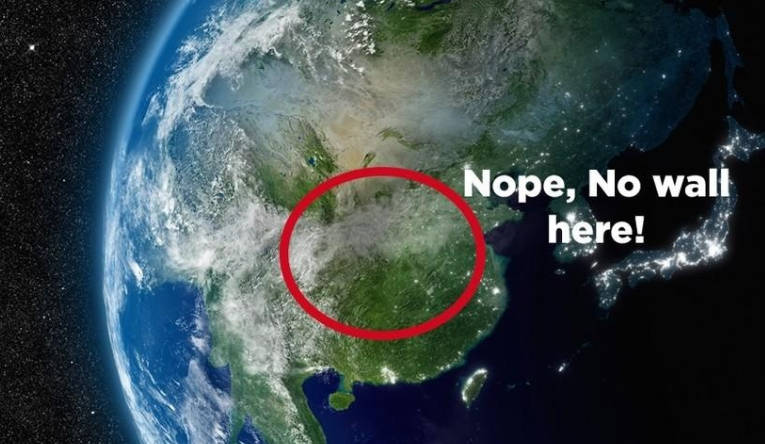
The Great Wall is only a few dozen feet wide, and outer space is impossible to see with the naked eye.
5. The Great Wall is not exclusive to Beijing, but the Liaodong Great Wall is even better.
When it comes to the Great Wall, people still think of going to Beijing, because the Beijing section is the first section of the Great Wall to be developed for tourism, and Badaling was even opened in 1961, but…the Great Wall in Beijing is often crowded like a food market, and if you want to avoid the crowds, there are many alternatives to the 15 provinces and autonomous regions in China, and among them we recommend the Liaoning section, which is the best preserved and has the richest view – “Liaodong Great Wall”. “The Liaodong Great Wall. The Great Wall, also known as the Liaodong Border Wall, was built in the town of Liaodong during the Ming Dynasty, starting from the southern foot of today’s Hushan Mountain in Dandong in the east and ending at the bottom of Cone Hill in Lijiaobao Township, Suizhong County in the west, passing through 568 villages in 12 cities and running through the entire Liaoning Province.
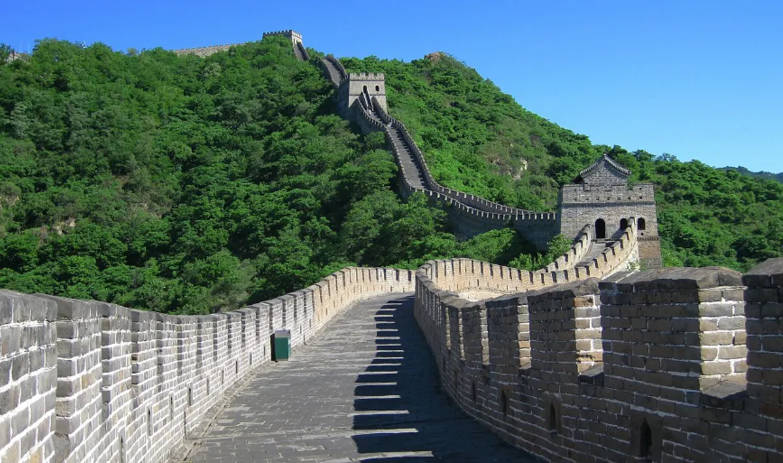
The Great Wall of Cone Hill in Liaoning Province is a very precious ancient Great Wall, which was built on the danger of the mountains and has a very high construction strength, and is now listed as a national key cultural relic.
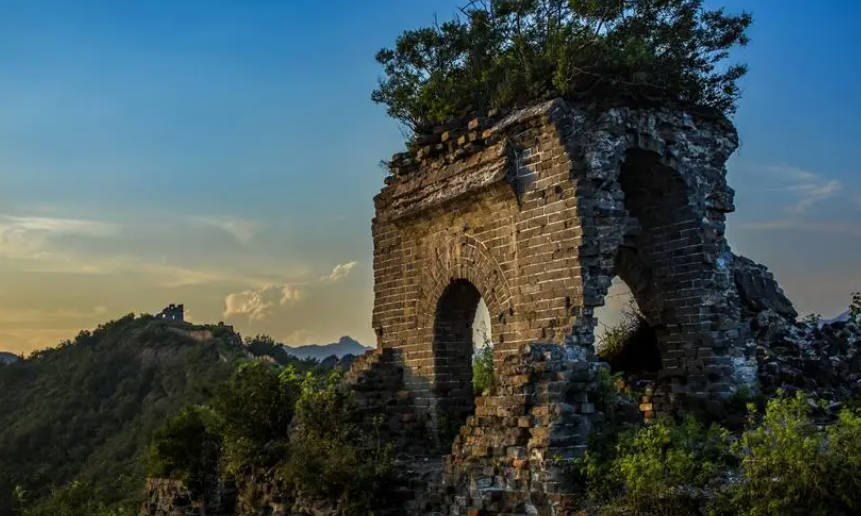
There are not only the above mentioned – the eastern end of the Great Wall starting point Hushan, there is also a section of the original ancient Great Wall Xigou, its uniqueness lies in what people call the “Wild Great Wall”, sparsely populated, no modern repairs, almost retained the Ming Dynasty handed down the pattern of the stone intact, the green bricks knocking up the clanking, the vicissitudes of more than six hundred years, which is the real history of the ancient taste. (Note: The Wild Great Wall is undeveloped, and there will be a collapsed section to climb, so be careful when you visit the Great Wall).
